The Panorama Route is a route that goes through one of the most spectacular landscapes in South Africa, amidst waterfalls, mountains, mining villages, valleys and long canyons that will leave you speechless. This road with stunning views is located in Mpumalanga Province, very close to the boundaries of the Kruger NP. Graskop is the reference town to visit the various points of interest on the Panorama Route and a great base for exploring this area.
One of the main attractions of this route is the Blyde River Canyon, considered the third longest canyon in the world. Following the Panorama Route, you will find different viewpoints from where you can enjoy the beauty of this canyon and the different steep formations that originate in its mountains. Some of them lead to different waterfalls such as the Lisbon Falls, where at the foot you can enjoy a swim and various excursions in the area; or in some of the oldest caves in the world, such as the Sudwala caves.
On the Panorama Route we also find a very important mining history, as some of the most valuable gold mines of the 19th century were found in some of the surrounding towns. Today, on the Panorama Route you will find recreations of mining villages that have remained as they were in their heyday, such as Pilgrim’s Rest.
The Panorama Route is a perfect place for those who enjoy the mountains, nature and outdoor activities. There are lots of activities to do and it is a good stop to unwind after or before entering the Kruger NP (if you want to know our experience in this South African National Park, you can click here). Prepare well your itinerary, keep in mind that many of the points of interest close at 5pm and you can only pay in cash, fill your fuel deposit of your car and enjoy one of the most beautiful roads in South Africa.
How to get there?
The Panorama Route runs along the R532. It is a 110-kilometer road that passes through the two main towns in the area: Graskop and Sabie; and where you will find the main points of interest in the area.
If you are coming from the north or from the entrances of Orpen Gate or above the Kruger NP, you must drive along the R36, passing the town of Thabalesoba where a mountain pass begins and which will take you, after 25 kilometers, at the beginning of the R532, that is, the Panorama Route. Very close by there, you will find the Echo Caves.
If you are coming from Orpen Gate, you will have to drive to the junction of the R40, and there turn right and after 25 kilometers on a road full of orange trees where the mountain will be on your left, you will find the R527 which will later become R36. If at the junction of the R40 you turn left, you will come to a town a few kilometers away where you will find petrol stations, supermarkets and restaurants to fill your car before driving towards the Panorama Route.
If you are coming from the south (Nelspruit) or from the southern gates of the Kruger NP (Malalane Gate or Crocodile Bridge Gate), you will have to drive along the N4, until you reach Nelspruit, where you will have to take the R37 for 50 kilometers before taking the R532 towards Sabie. There, you will already be driving along the Panorama Route. Before taking this junction, you can take a 30 km detour to Nelspruit on the left to reach the Sudwala Caves.
If you are coming from the west, that is, from the Johannesburg area, it is best to drive along the N4 until you reach the R539 junction which is 25 kilometers before reaching Nelspruit (also known as Mbombela). This road leads to Sudwala Caves, and after another 25 kilometers you will reach the R37 junction where you will have to turn left until you reach the town of Sabie. From Johannesburg Airport to Sabie is approximately 350 kilometers (about 4 hours).
Please note that on the Panorama Route you will only find petrol stations in Sabie and Graskop, so be careful not to run out of petrol.
Which is the best season to visit Panorama Route?
The best time to visit the different tourist attractions in this area is in winter, that is, between the months of June and September. During this time, the weather is drier and warmer, allowing you to enjoy the different panoramic views of the route, as well as the baths in the waterfalls and walking routes. However, this is also considered the high season, so it is very likely that you will find many tourists and locals enjoying the school holidays.
If you travel between the months of November and March, you will find far fewer tourists but the weather will be more unstable, and it will be colder. During this time of year, which is considered a low season, you will find a thick fog in the area around Graskop for many days, which will make it impossible for you to enjoy the viewpoints in their entirety, and you have to be very careful when drive on the road.
We did the Panorama Route twice during the month of November 2021. In the first one, we were lucky and we were able to enjoy a sunny and warm climate in order to swim in the Lisbon Falls or enjoy the viewpoints of The Three Rondavels. In the second, on the other hand, we were accompanied by rainy and foggy weather that made it impossible for us to enjoy the natural beauty of the Panorama Route.
What to do in Panorama Route?
– Visit the Lisbon Falls and swim at the foot of the waterfalls
The Lisbon Falls is one of our favorite activities on the Panorama Route. With a height of 90 meters, this waterfall is one of the most spectacular in the whole province of Mpumalanga.
They are located about a 5-minute drive north of Graskop, and the entrance fee is 15 Rands per person. They only accept cash payments. There, you can see the waterfalls from above a viewpoint, but if you dare you can walk down to watch the waterfall from different perspectives until you reach the foot of the waterfall.
We walked down the Lisbon Falls, and contemplating its majesty and the natural pool that formed, we did not think about it and swam there. Swimming is allowed, so if you go to Lisbon Falls you will have the opportunity to swim under a 90-meter-high waterfall and fully connect with nature.
– Visit Three Rondavels and the viewpoint over Blyde River Canyon
If you come from the north, this will be the first stop you will make during the Panorama Route. Located about 60 kilometers from Graskop, the entrance fee is 35 Rands per person (cash payments only) and from there you can enjoy fantastic views over the Blyde River Canyon and three formations that stand out as the Three Rondavels.
These three hills are like hats that stand at an altitude of about 1.400 meters. From this viewpoint, however, you can also see other peaks, as well as the mouth of the canyon that flows into the Blyderivierspoortdam. In the past, this area belonged to the BaPedi tribe, an indigenous group that used these steep mountains to watch the enemy (mainly the Swazi tribes) and to look for colder temperatures when it was hot in the valley.
One of the best times to go is during the last hours of sunshine in the afternoon, where the light over the canyon and the views from the viewpoint turn a more orange color ideal for taking fantastic photos. Please note, however, that the entrance to the area will be closed at 5pm. We arrived at 4.50pm and once inside, we stayed there until approximately 6.30pm-6.30pm.
– Visit the caves of Sudwala, considered one of the oldest in the world
Sudwala Caves are known for their stromatolites. Stromatolites are fossils of the earliest oxygen-producing plants on earth. Therefore, these fossilized stromatolites are the oldest evidence of life on Earth and they grew in the Lowveld area 2.5 billion years ago, when this whole area was covered with water. Therefore, they are considered the oldest caves in the world.
Entrance fee to the caves is 100 Rands per person, with a guide that makes the visit very enjoyable. These caves are located next to the R539, about 50 kilometers south of Sabie, and very close to the N4 from Nelspruit (Mbombela) to Johannesburg.
These caves were sheltered by King Somcuba, a 19th century Swazi king who refused to leave the throne to his younger brother Mswati. He fled and hid in these caves with his followers. The guardian of King Somcuba was called Sudwala, hence the name of the caves. Once found, they set fire to the entrance of the cave to kill them, but King Somcuba and his followers survived by the natural airflow through the cave, which caused the smoke to escape. Remains of the fire can still be seen in the caves of Sudwala.
The caves have 6 kilometers of inner passages, where you can see different formations such as Samson’s Pillar, the oldest cave formation over 180 million years old and located 60 meters below the earth’s surface. Apart from that, there are other rocks formation (Three Pray Nuns, Lowveld Rocket…) with stalagmites and stalactites that grow 2.5 centimeters every 100 years. Finally, inside the caves you will also find the amphitheater, the largest that is inside a cave in the southern hemisphere (37 meters high and 70 meters in diameter), and where there is very good acoustics for live music, with a capacity of 350 people. A highly recommended visit to discover one of the hidden treasures of the Panorama Route.
– Visit the old mining town of The Pilgrim’s Rest
Pilgrim’s Rest represents the birth of the gold mining industry in South Africa. It was in 1873 that gold was discovered in the Mac area. Many explorers approached the area, but it was a miner known as Alex Patterson who first discovered river gold in the Pilgrim’s Creek Valley. Although he said nothing and kept it a secret, William Trafford, who was another gold digger, registered his license in the “place where pilgrims can find a place to rest” and managed to start a business with the gold mining at Pilgrim’s Rest. With the large amount of gold there was, a village began to be developed, and by the end of 1873, a few months after its discovery, there were 1.500 gold diggers.
In 1881, David Benjamin, a London financier, obtained all the rights to extract gold from the Pilgrim’s Rest mines and formed the Transvaal Gold Exploration Company, one of the world’s largest gold mining companies.
For a hundred years, this village became the largest gold mining town in South Africa, until around the 1970s the Transvaal decided to close all operations of these gold mines after having achieved more than 5 million ounces of gold. On the next years, production was lower and it was more difficult to obtain pure gold from the mine, as the deeper part of it became more sulphidic. However, the Transvaal still operates several gold mines in the country, being one of the oldest mining companies in all of South Africa.
The fact that Pilgrim’s Rest became a town with a lot of gold in it also made it a very good destination for robbers. Pilgrim’s Rest looked like a cowboy village in the American West, and there were different stories like the one in 1897, where two bandits attacked a whole shipment of gold worth 12.000 pounds. They were never found. They only saw that a miner named Strauss disappeared after the robbery, and he went to the east coast of America where he became a businessman creating different hotel chains. Would he be the thief?
One of Pilgrim’s Rest’s other most famous robberies is that of local barber Tommy Dennilson, who was going through some financial difficulties and had no money to pay off his debts. After knowing that there would be a transport of 3.000 pounds of gold coins by Pilgrim’s Rest bank, he decided to go with his horse and steal the cargo. Finally, there were no gold coins but 129 pounds of silver coins. He took the money and went to the Royal Hotel to pay off his debt with silver coins. He was quickly discovered by police and jailed for 5 years. When he was released from prison, he returned to Pilgrim’s Rest, where he opened the Highwayman’s Garage, which can still be seen today.
To get to Pilgrim’s Rest, you have to leave Graskop towards Sabie on the R532 and drive for 5 kilometers where you have to turn off towards the R533, where after 11 kilometers and passing a mountain pass, you will reach the mining village.
Today, if you visit Pilgrim’s Rest you can see what that town was like at the beginning of the 20th century, one of the most important for all those who were in search of gold. Most of the buildings have been preserved, so you can walk down the main street past the old post office, the Royal Hotel or the distillery; among others, and transport you back a hundred years when this town lived the splendor of the gold mines.
– Walk through the city of Graskop and venture into one of the various activities organized at the Graskop Gorge Lift
Graskop is a quiet village at the top of the mountain. There, you can walk through the streets of the town and try one of Harrie’s Pancakes’ famous pancakes, which opened in 1986.
In addition, on the outskirts of the village and just before the Panorama View Chalet we find the Graskop Gorge Lift, which consists of an elevator that goes down about 51 meters down a gorge to a forest where you can take a tour of its bridges, platforms and viewpoints. You can find the entrance fees and the different activities here. They open from 08.30 to 17h in the afternoon and there you can also enjoy their restaurant, their souvenir shop, or have fun going down the zip line.
– Visit God’s Window and enjoy the fantastic views of the region
About 10 minutes from Graskop, we find one of the main attractions of the Panorama Route, probably the place where people take more pictures. God’s Window is a 1.700-meter-high viewpoint from which you can observe the entire Mpumalanga region and, on a clear day, see the city of Maputo in Mozambique.
There, you can take a walk through a native forest and enjoy the different viewpoints to the region. It is known as the window of God because it is said to be above the clouds. In the car park you will also find various craft and souvenir stalls.
Entrance fee is 25 rand per person and is for the whole day. You can only pay in cash. If you want, you can go there in the morning and come back in the afternoon to watch the sunset from the viewpoint (note that they close at 5pm). From there, the sunset should be breathtaking, although any time of day is nice to see the different views over the region.
– Visit Pinnacle Rock, a mysterious formation that stands out from the rest of the landscape
Very close to God’s Window, we find the Pinnacle Rock which consists of a quartzite rock about 30 meters high that protrudes from a dense forest of trees.
Entrance fee is 20 Rands per person and you can only pay in cash. There are two platforms to see how this rock protrudes, although you can also walk along a path that goes next to the toilet and takes you to the top of some waterfalls.
The best time to visit Pinnacle Rock is either early in the morning, or in the afternoon, because during the day the sun shines right behind Pinnacle Rock, making it not ideal for good photography.
– Visit the Mac Mac Pools with their small waterfalls
These waterfalls that we did not visit are located between the towns of Sabie and Graskop. That’s where they discovered the first gold minerals, and for that reason they blew up the rock with dynamite to see if more gold came out. For this reason, today they are small water formations that create small natural pools ideal for unwinding during a hot day.
The entrance fee is 30 rands per person and there you will find different picnic areas as well as walks along the river that will take you to different natural pools to cool off and an ideal place to have a barbecue or enjoy of your lunch.
– Visit Bourke’s Luck Potholes
We did not include this attraction, located a few kilometers from the Three Rondavels, in our itinerary because we considered the price to be excessive. It is one of the most expensive activities (about 55 Rands per person) from which you can see a good view of the Blyde River Canyon. Anyway, we though that from the other viewpoints such as Three Rondavels, you have also a very good view; and the other part of the day probably is better to go to other touristic points such as Lisbon Falls or Pilgrim’s Rest, for example.
Where to sleep in Panorama Route?
Graskop and Sabie are the two main towns you will find on your way along the Panorama Route. There you will find essential services such as petrol stations, restaurants, supermarkets and accommodation. Among these, we highlight:
– Panorama Chalets & Rest Camp: This is one of the most beautiful accommodations in Graskop. It is located on the outskirts of the village, just after the Graskop Gorge Lift. It has chalets, rooms and a camping area with a dream pool that is nestled right on a rock where you can see the whole valley in front of you. It also has one of the best restaurants in town, The Divine, where you can try excellent curries at more than acceptable prices. If you want to book at the restaurant, you can contact the owner (Terri) directly at +27711855266 (you don’t have to stay to the accommodation option to go to The Divine). And, if you want to sleep in the Panorama Chalets, here is their website.
– Le Soleil: This accommodation (which you can find on Airbnb) is a good choice if you are traveling with more than two people on the Panorama Route. It is located in the residential part of Graskop, and is a whole house with garden, kitchen, dining room, parking, terrace, two toilets and two bedrooms for up to 5 people. We were there with the Laia’s family and felt right at home. You can contact the owner (Marihette) directly at +27723074885.
– The Sabie Town House Guest Lodge: This accommodation is located in the town of Sabie. It has an outdoor pool, private parking, bungalows and private rooms with breakfast included. Highly valued by their customers, if you want to contact them you can click here on their webiste.
Our route
We visited the Panorama Route twice during November of 2021. In the first one, with Laia’s family, we stayed two nights where we could enjoy good weather and we could visit the different points of interest of the area. In the second one, with two friends (Joan and Berta), we had a very rainy and foggy day and we only stayed one night. Therefore, below we will only explain the 3-day route we did with Laia’s family:
DAY 1: The day before we slept to the Letaba campsite. We were still enjoying the Kruger NP, driving to its different routes and observing the different animals. Around Satara, as we were driving toward the Orpen exit gate, we were lucky enough to see a lion and a lioness standing in the shade of a tree while a group of baboons were perched on a tree. From time to time, the lions would rise and run to the monkeys, who would climb again. Until a few minutes later, the lions got up again and ran inside… We didn’t know what was going on there, but at least the baboons were able to calmly get down from the tree and continue with his routine life.
Also, before we said goodbye to the Kruger NP, we were lucky enough to enjoy a trendy catwalk with seven giraffes walking beside us, crossing the road, drinking water from the Giriviana Dam, and standing in good position for us to take a great picture. After this beautiful scene of one of the most elegant animals in the African savannah, it was time to say goodbye to the Kruger NP.
We left through Orpen Gate and reached the town of Acornhoek, where we went shopping at the supermarket, refueled and had lunch. Now it was time to do the first few kilometers to Graskop. Before, however, we passed through a landscape full of orange trees and a mountain pass. The road was already going up until we reached the sign: this is where the Panorama Route began!
It was a beautiful day, and the driving was beautiful, passing through different hills, rural villages and a beautiful green landscape as we went uphill. The first stop was at the Three Rondavels. We were lucky enough to get there 10 minutes before the gates closed, so we were able to enjoy the vastness of the Blyde River Canyon and the beauty of the scenery throughout the afternoon, with only the company of one more couple. There, we were able to take some pictures and see one of the largest canyons in the world. If that was spectacular, the Colorado Canyon must be amazing!
We left there around 6.30pm. We had a great time reading the history of the place, taking pictures and resting in a beautiful landscape. It was about an hour’s drive from the town of Graskop, where we were staying. The day was getting dark, and with it came the mists that characterize this region. We arrived at Le Soleil at night, our accommodation for the next two nights, where we were able to have a good dinner and rest after a busy day.
DAY 2: This morning it was time to visit the main attractions near Graskop. So, we started driving to God’s Window, a viewpoint at about 1.700 meters above sea level and from where you can see Mozambique on a clear day. It was sunny that day, but with some fog that made it difficult to see beyond the horizon. However, we were able to enjoy the views and the walk through the native forest between the different viewpoints of God’s Window.
Then we went to The Pinnacle Rock, where once we paid for the ticket in cash (think they don’t accept credit card at any of the attractions on the Panorama Route), we were able to see this formation protruding from the forest. Really, it was a strange and curious formation. Further along, there was a waterfall that fell down between one of the different mountain escarpments in the Graskop area.
The morning was already advancing, and with it the heat. So, we went to the Lisbon Falls, one of the most impressive waterfalls in the whole province of Mpumalanga. From there, there is a viewpoint where you can see the waterfall from above. However, there is also a 20-minute walk that will take you to the foot of the waterfalls. The path is very beautiful, as you see the whole valley and the mountains in front of you. Once you are on the river, you will hear the sound of the waterfall.
At Lisbon Falls, people can swim. And if it would not be possible, it will also happen because the place is incredible. We didn’t think for a second. We were there alone, so we undressed and went swimming in the cold waters of the waterfalls. You could get right under the water, so the feeling of freedom and being in nature was amazing.
We thought we were alone, but after a while a group of French girls and some tourists from the Netherlands came and did the same thing: swimming in the cold waters of Lisbon Falls. Luckily it was hot, so you could get fresh very easy!
After taking several pictures of the place and contemplating the greatness of the waterfall, we went up until we reached the car park again. It was lunch time, so we went back to our apartment to cook and rest. In the afternoon, we still had more points to cover.
That afternoon, we headed to Pilgrim’s Rest. Seeing an ancient mining town in South Africa, one of the countries with the most mines in the world, was an activity that caught our eye. So, when we arrived, we went firstly to the tourist information center. Unfortunately, many of the places closed at 5pm, so we could only walk down the main street of the village and observe the different places that were still intact since the 19th century gold rush that turned Pilgrim’s Rest into one of the most prosperous peoples in all of South Africa.
In the evening, before sunset, we headed back to Graskop to see one of the most stunning pools on the Panorama route. This is located inside the Panorama Chalets, and is a swimming pool where you have fantastic views of the whole valley. Next to the pool was The Divine restaurant, where we enjoyed a good tasting of craft beers (with animal names like The Impala or The Kudu) and a good curry dinner cooked by Terrie, a lovely woman who bring this place.
After such a beautiful day in the middle of nature landscapes, amazing viewpoints, villages with history and delicious meals, it was time to go to rest in our apartment. We were able to enjoy much of the Panorama Route, a place where we would have stayed for many more days!
DAY 3: Today it was time to say goodbye to the quiet town of Graskop and head towards Johannesburg. Before arriving there, however, we would stop to see the Sudwala Caves just after Sabie.
Sudwala Caves are located hidden, in a high mountain location. Therefore, it is normal that it was a good refuge for the Swazi king Somcuba! We paid for the ticket and waited for our guide to arrive, a girl who told the whole story and the shapes of the caves in a very enjoyable way. Think that Sudwala is one of the oldest caves in Earth history.
There, you will enter inside and walk through long passages where you can see the amphitheater, different figures of stalactites and stalagmites that move as the years go by, different geometric shapes, and if you want you can move along a path low and narrow until you reach the farthest point of the caves (if you want, you can go further but you have to do it with an organized excursion and guide).
It’s amazing how millions of years ago these caves already existed and were taking shape. In addition, these are very well preserved making your visit very interesting if you have time and are in the area.
Now yes, we left behind the Panorama Route after two days contemplating its landscapes and its nature. Now it was time to drive to Johannesburg, where the picture would be completely different: a city that is considered one of the largest metropolises on the planet (if you want to know more about our experience in this big city, you can click here).


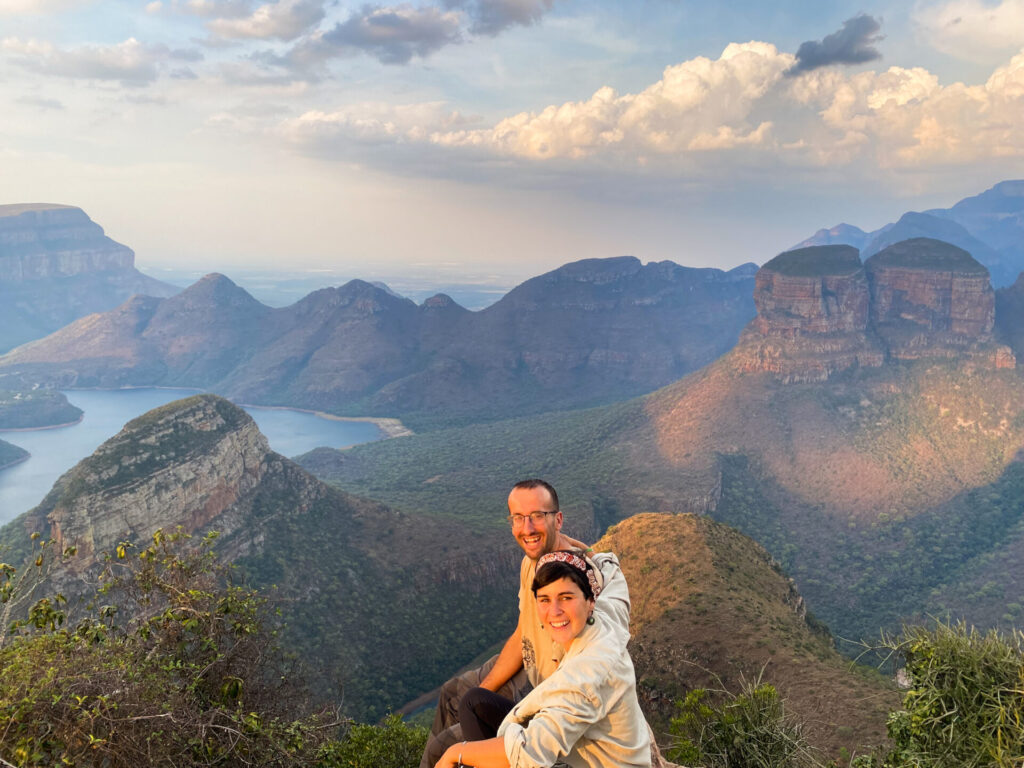
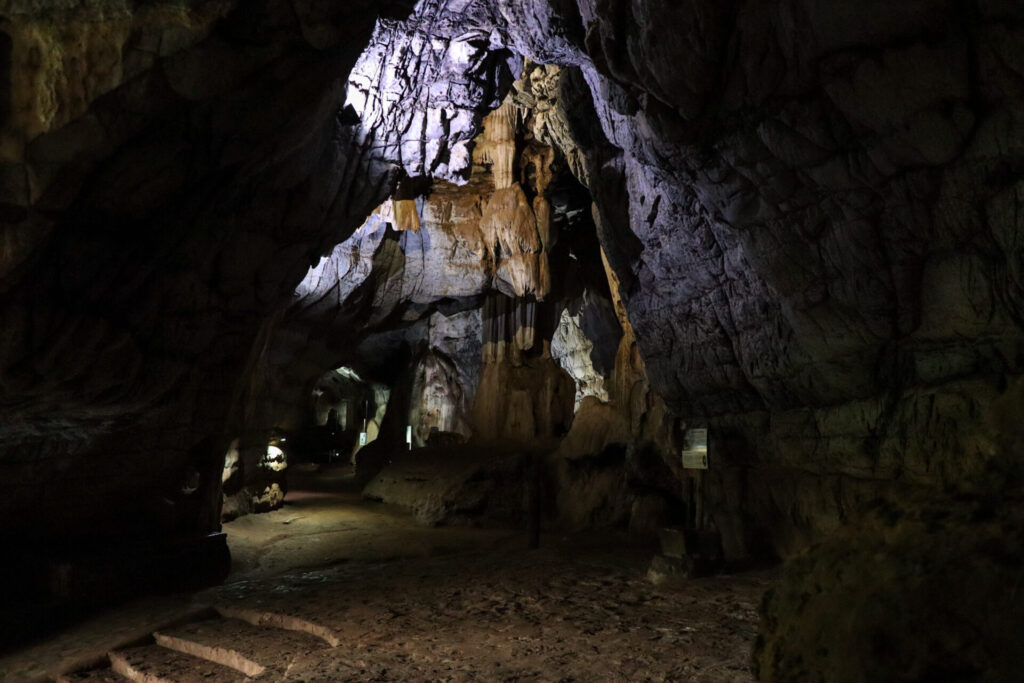
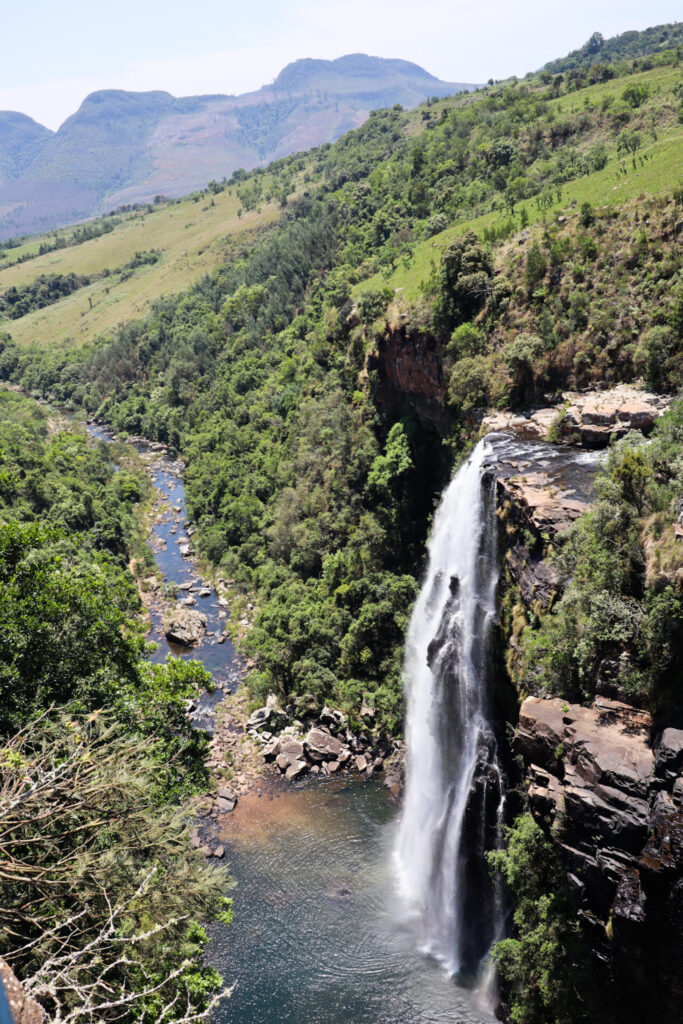
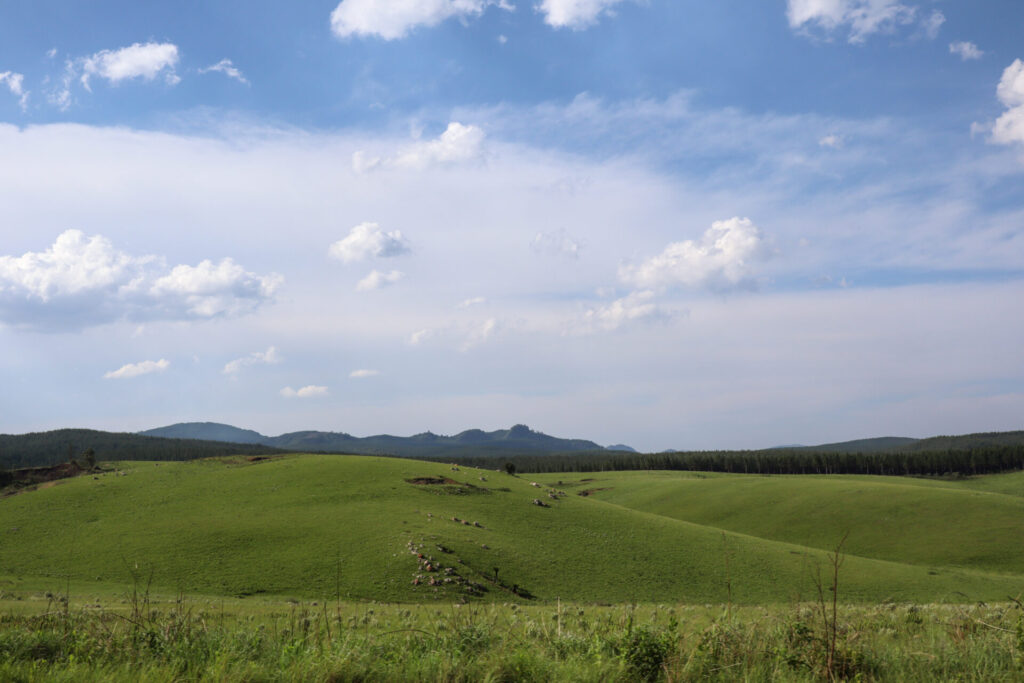

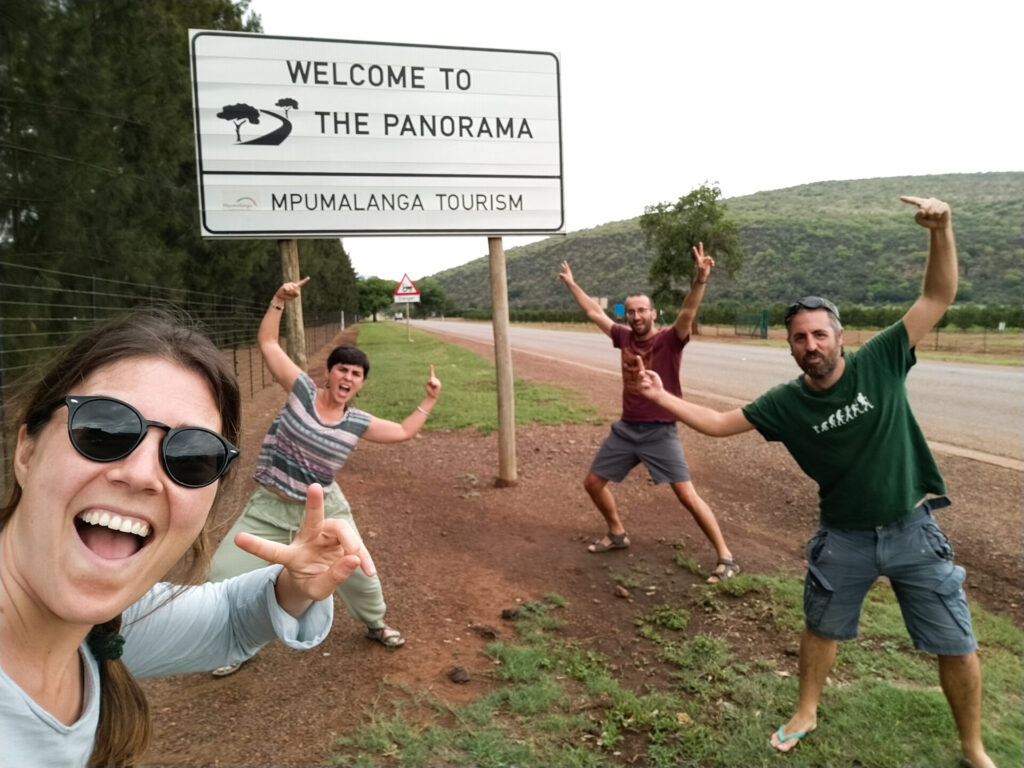

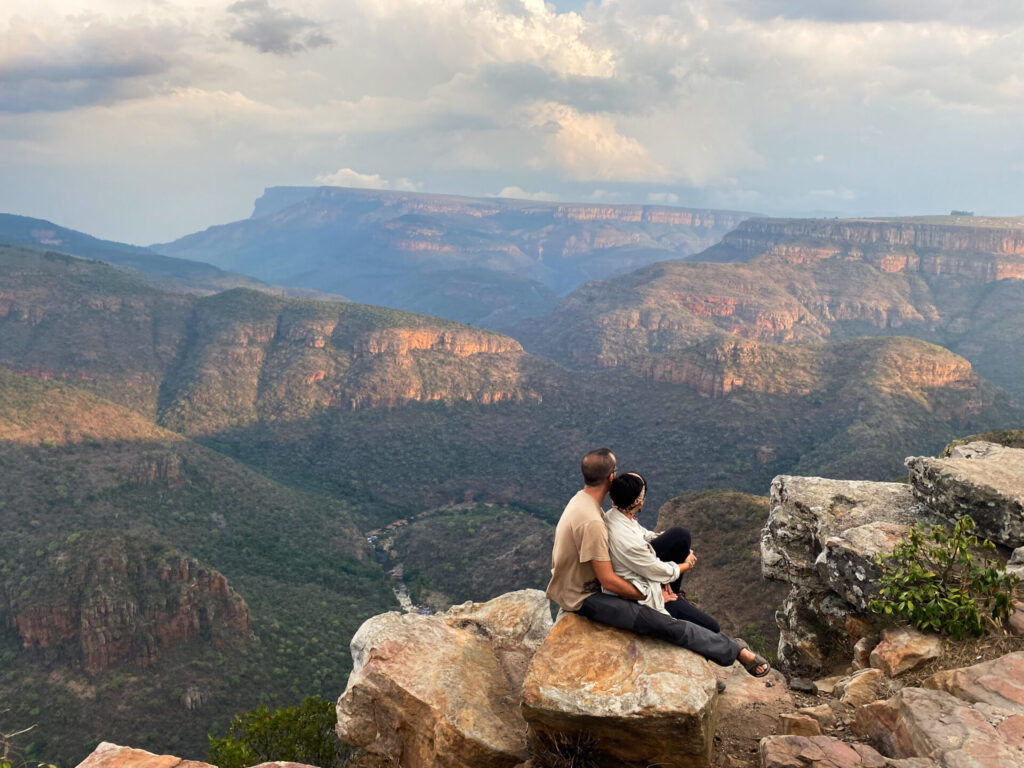
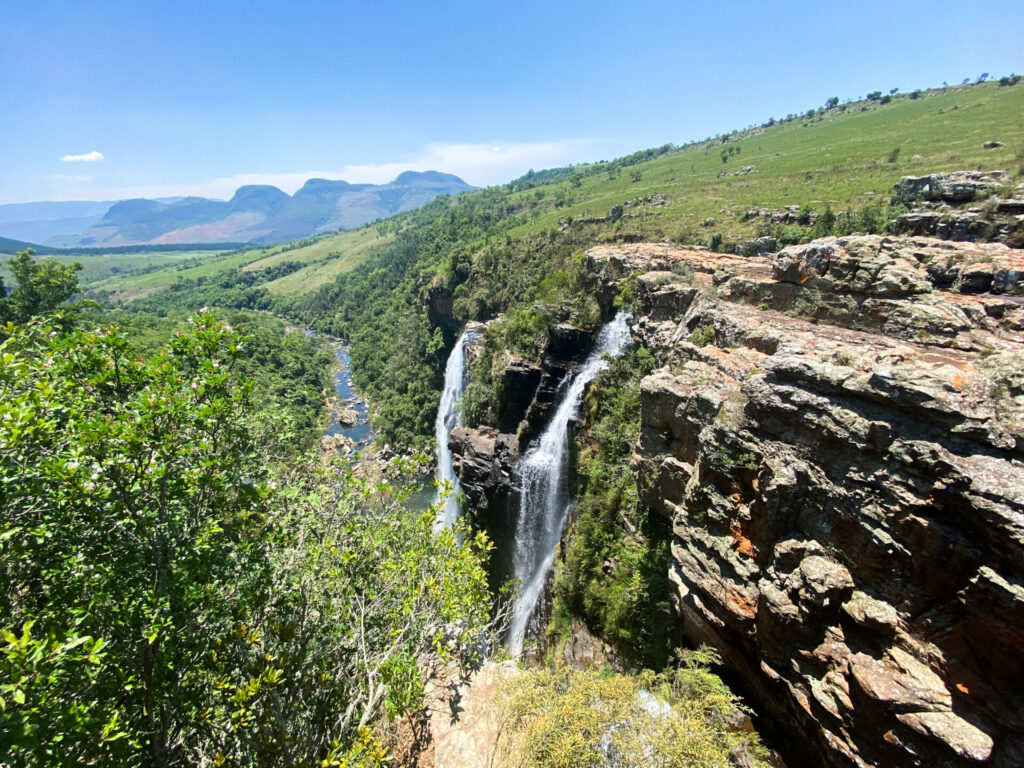
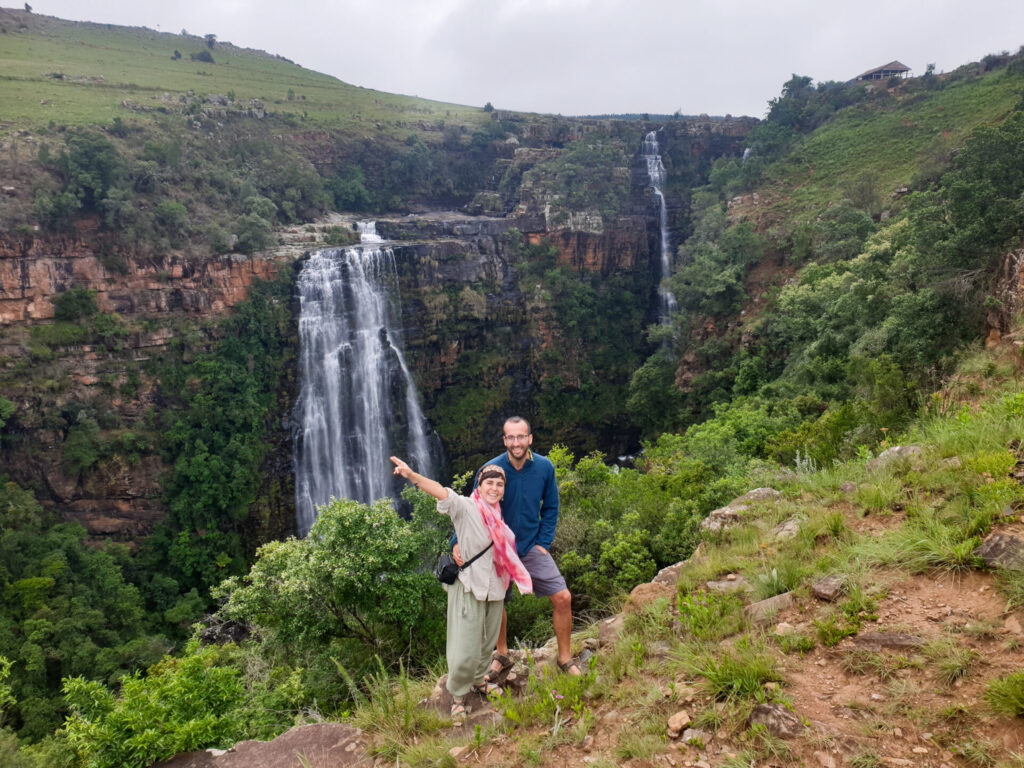
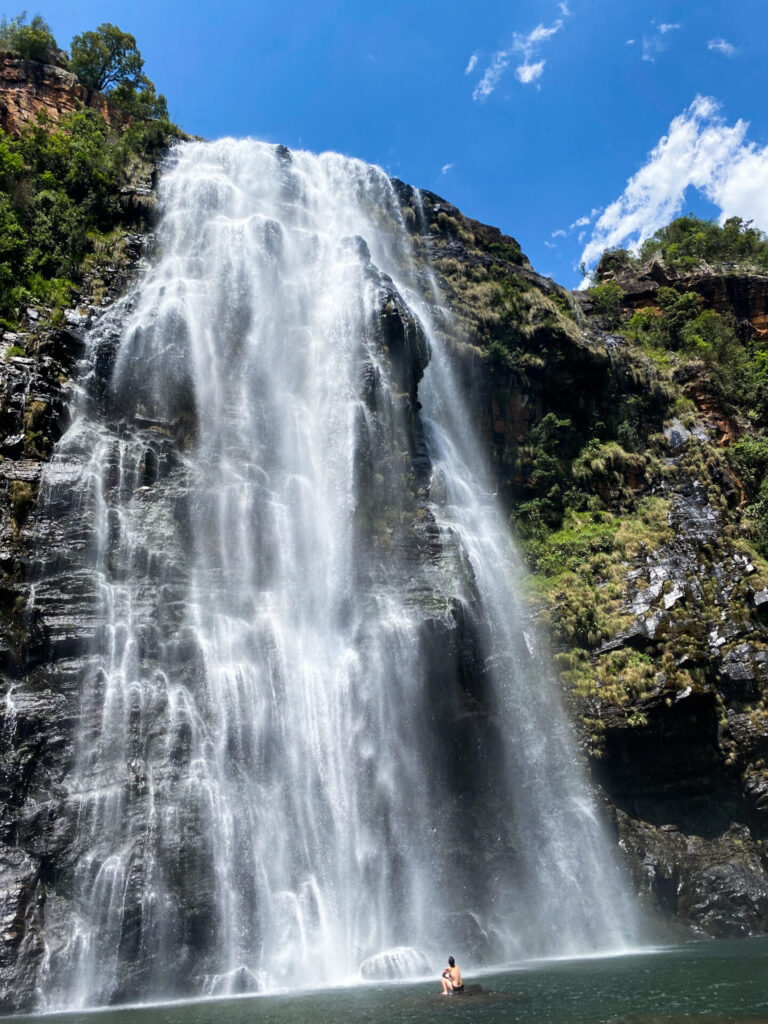
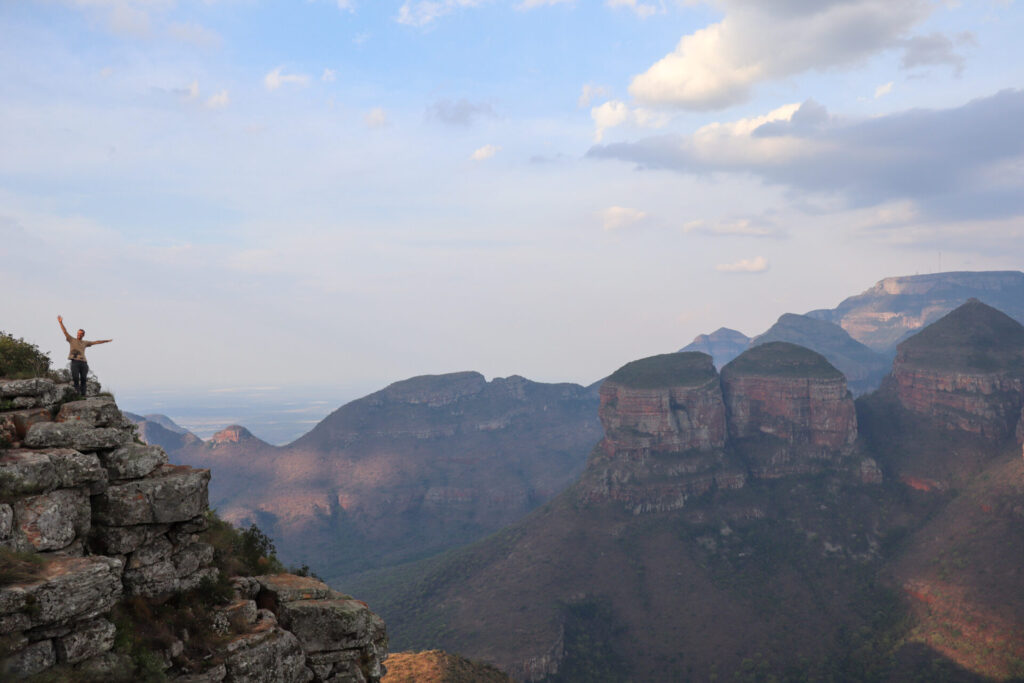
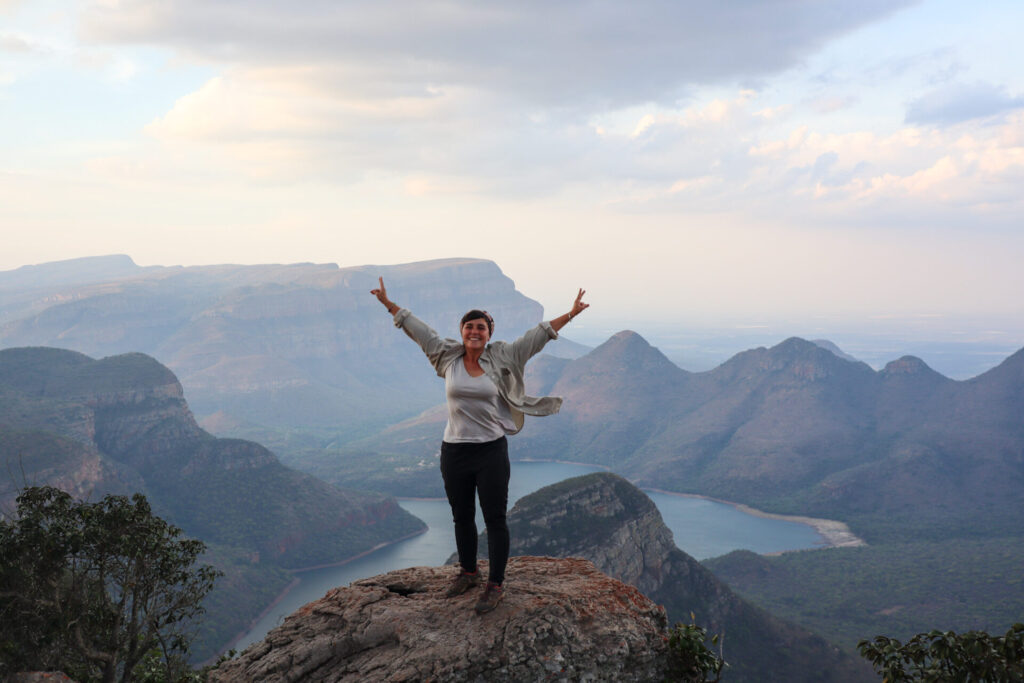
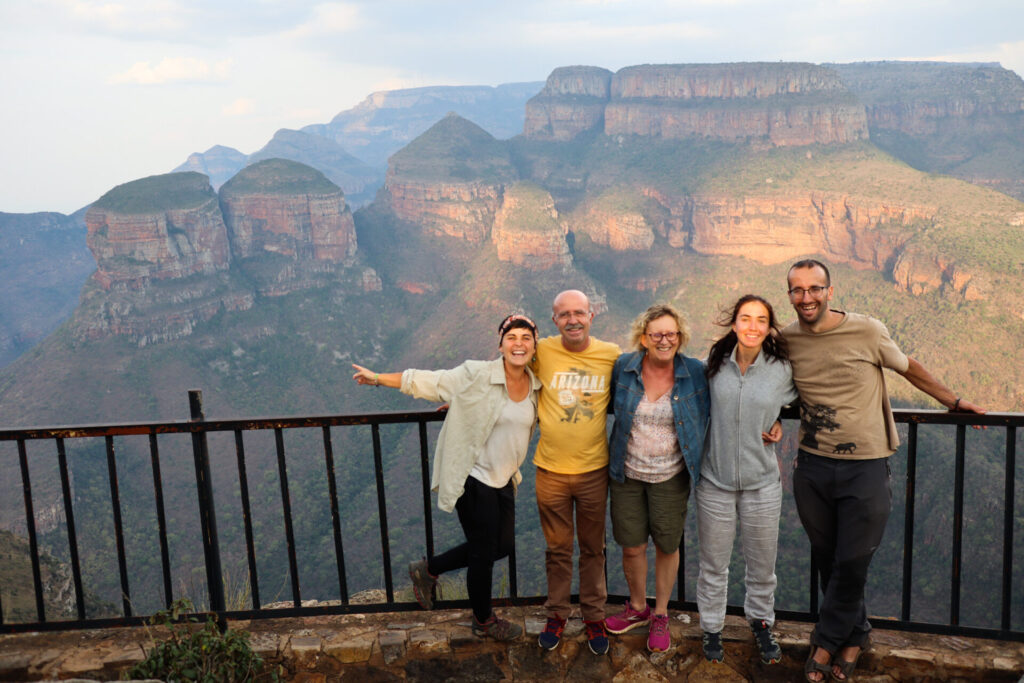

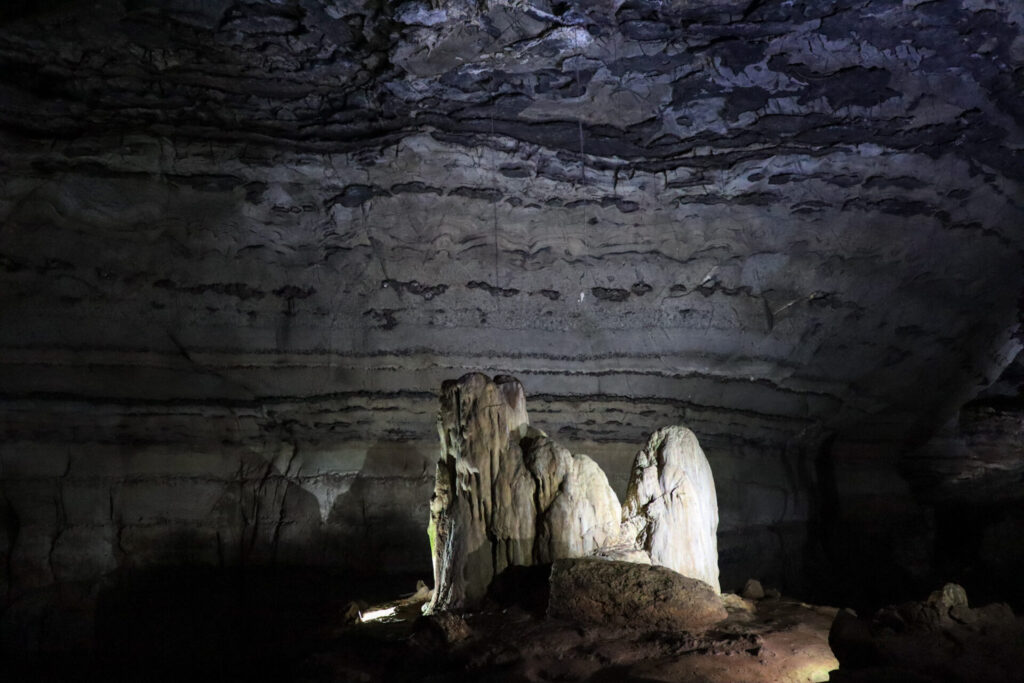




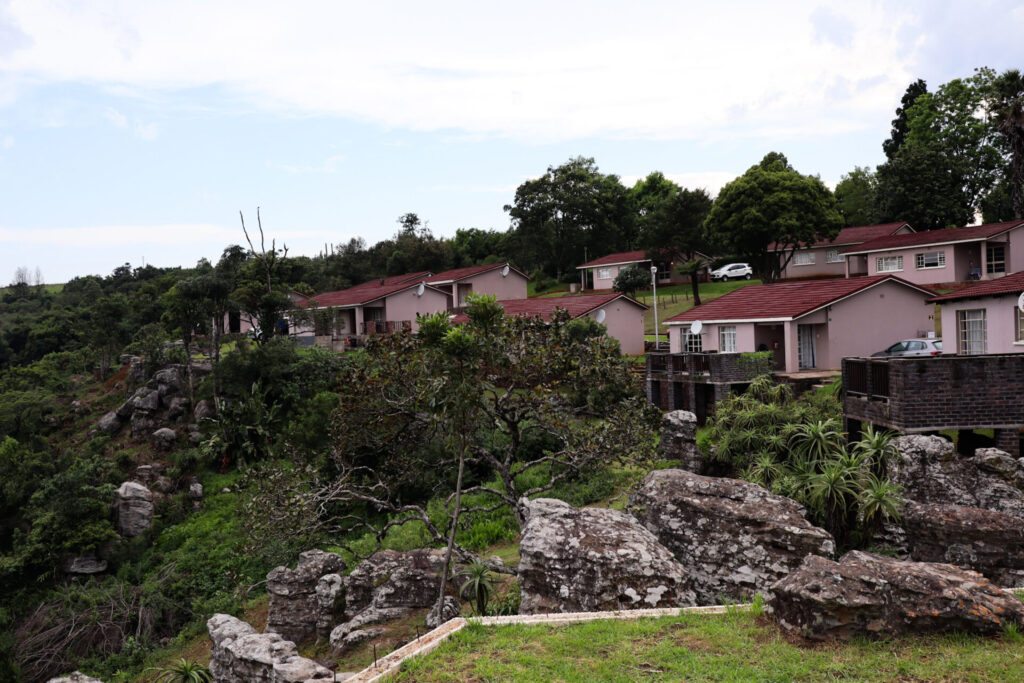

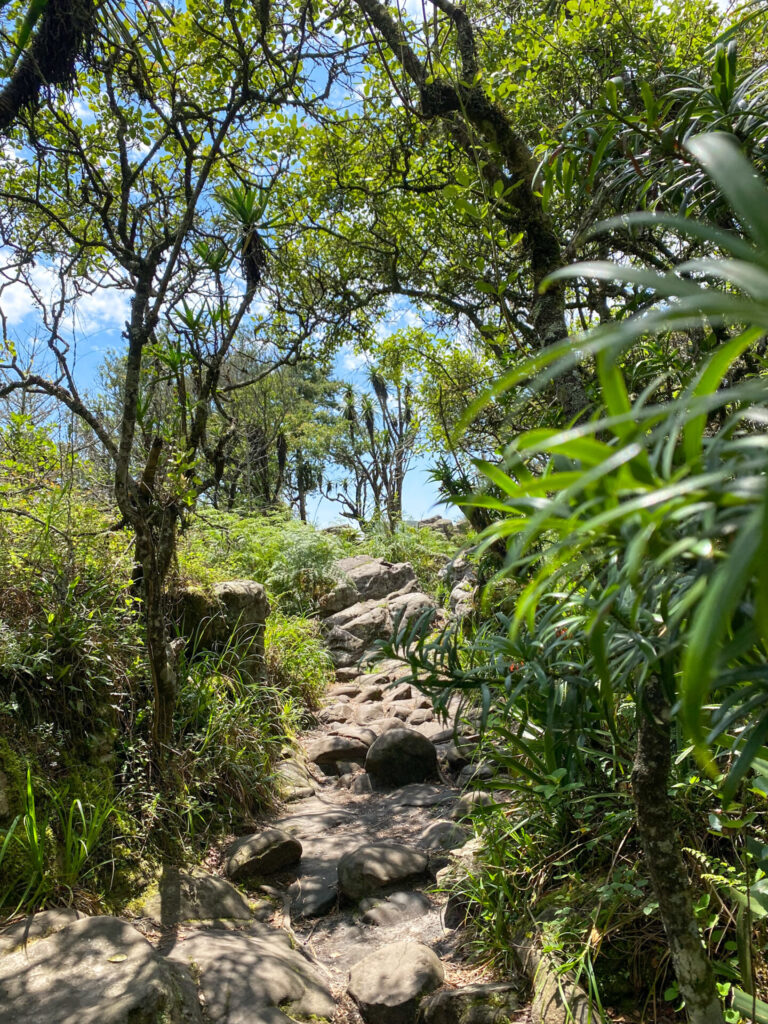

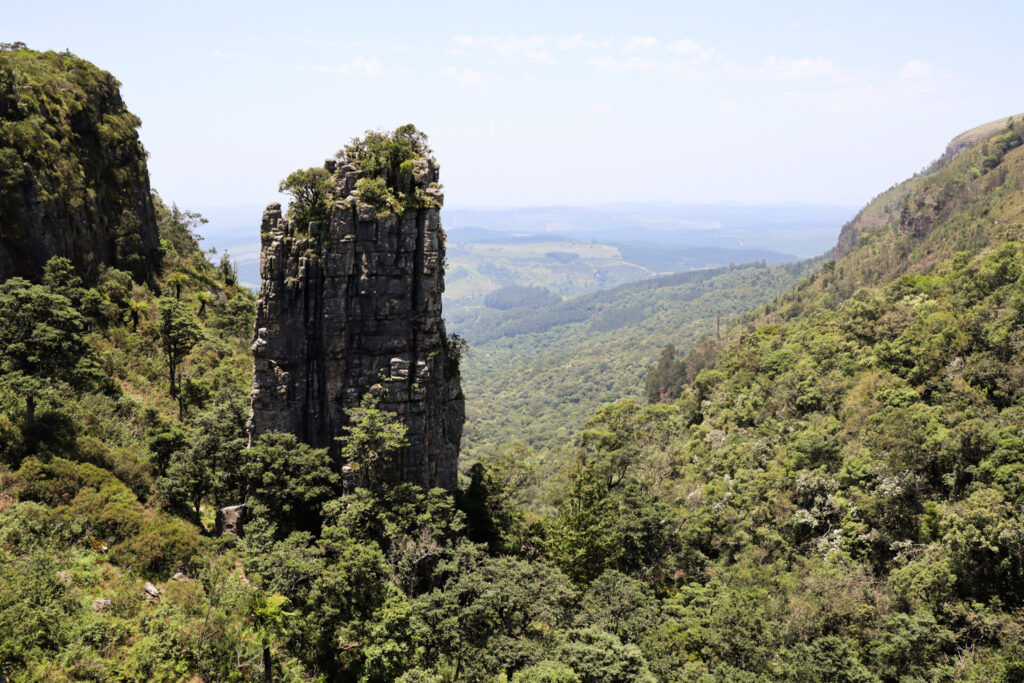

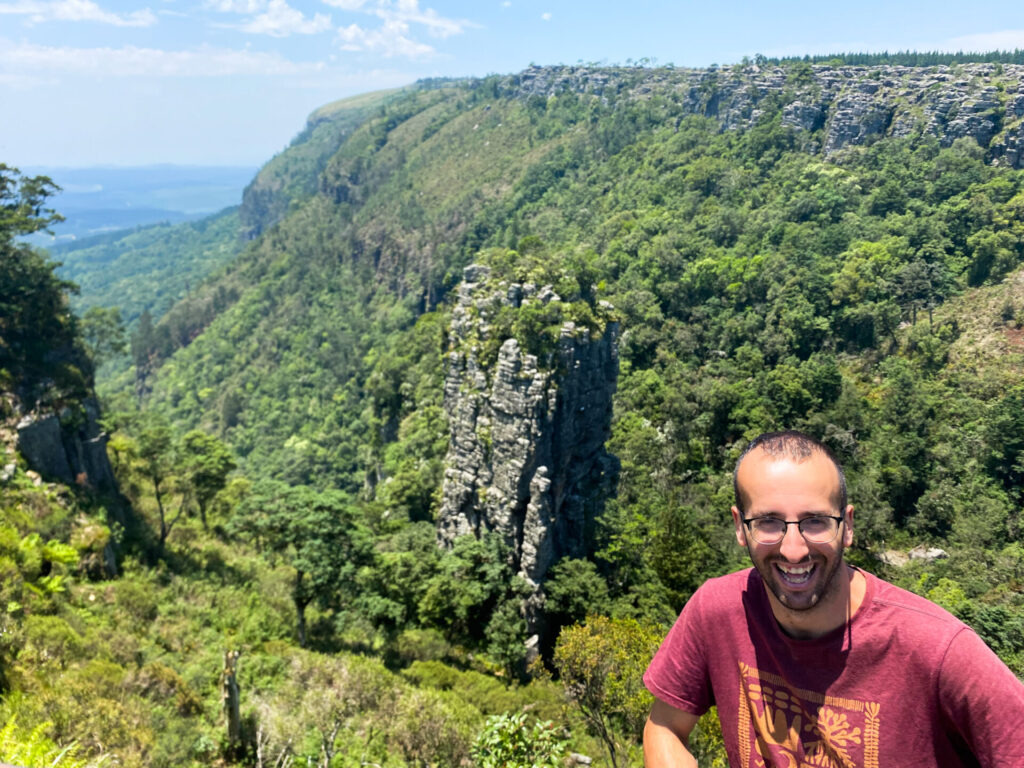
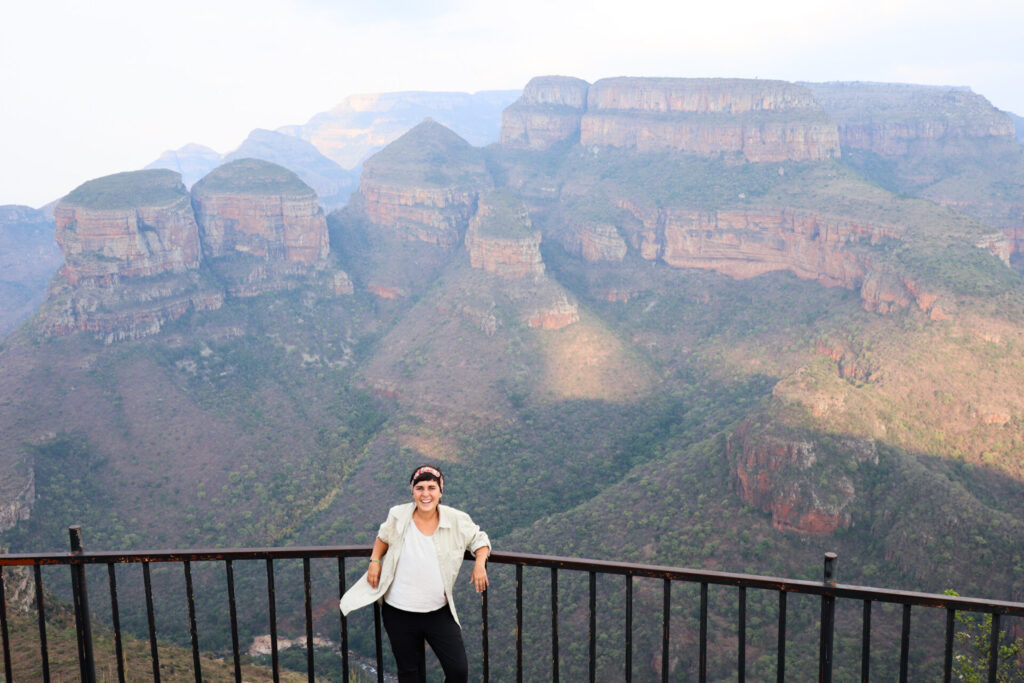
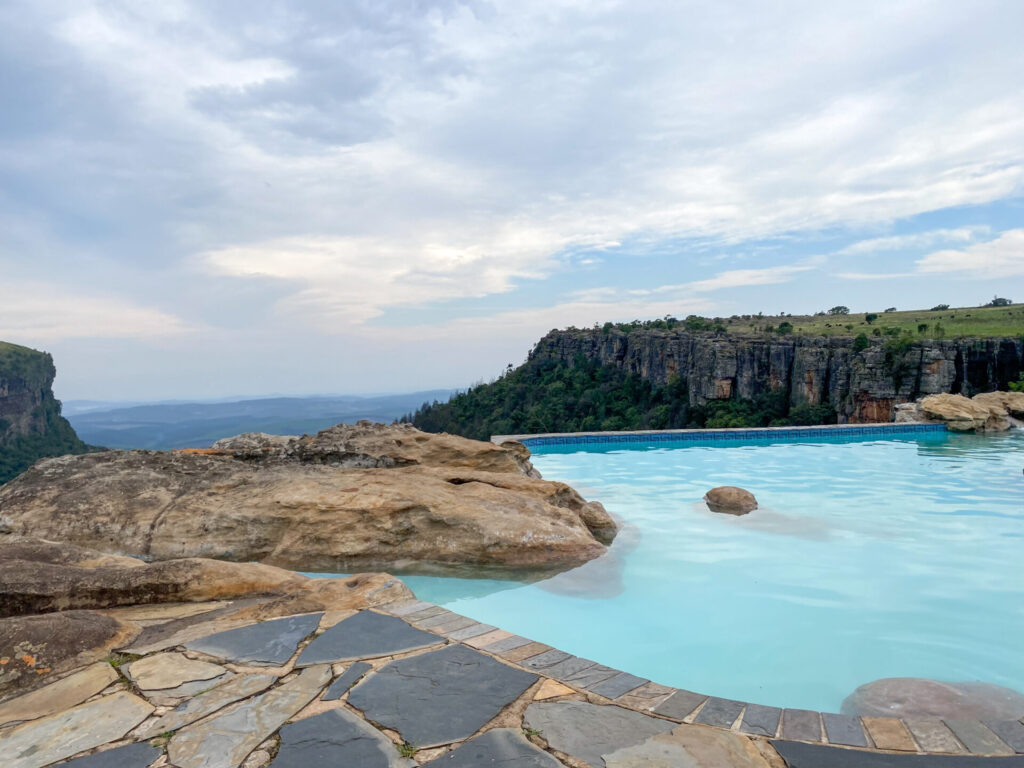
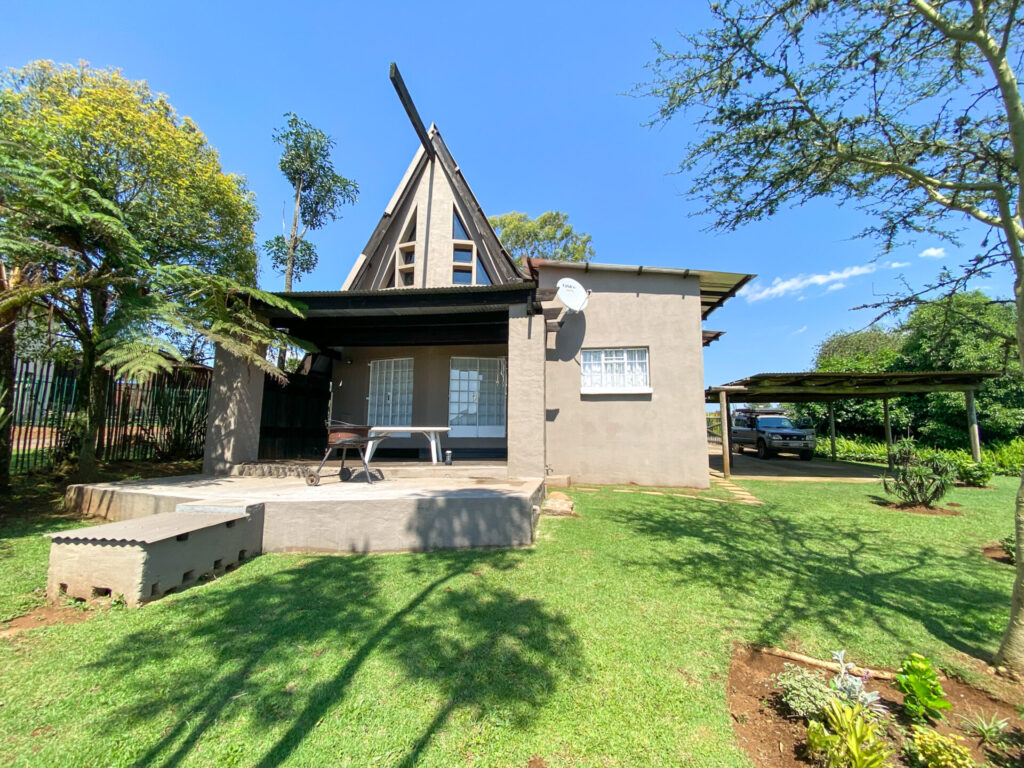
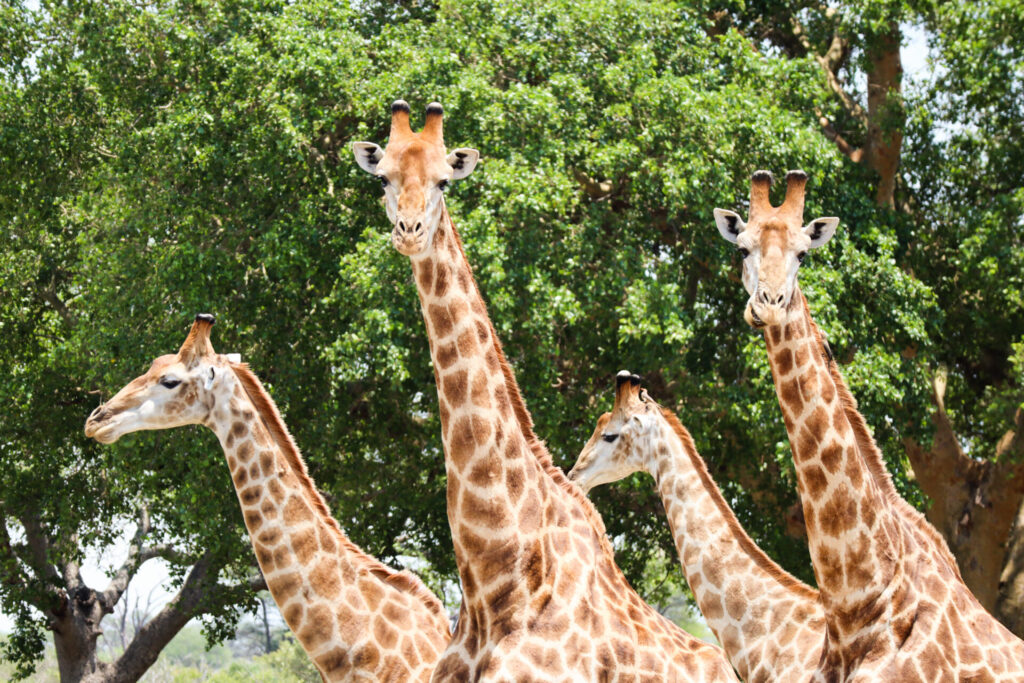
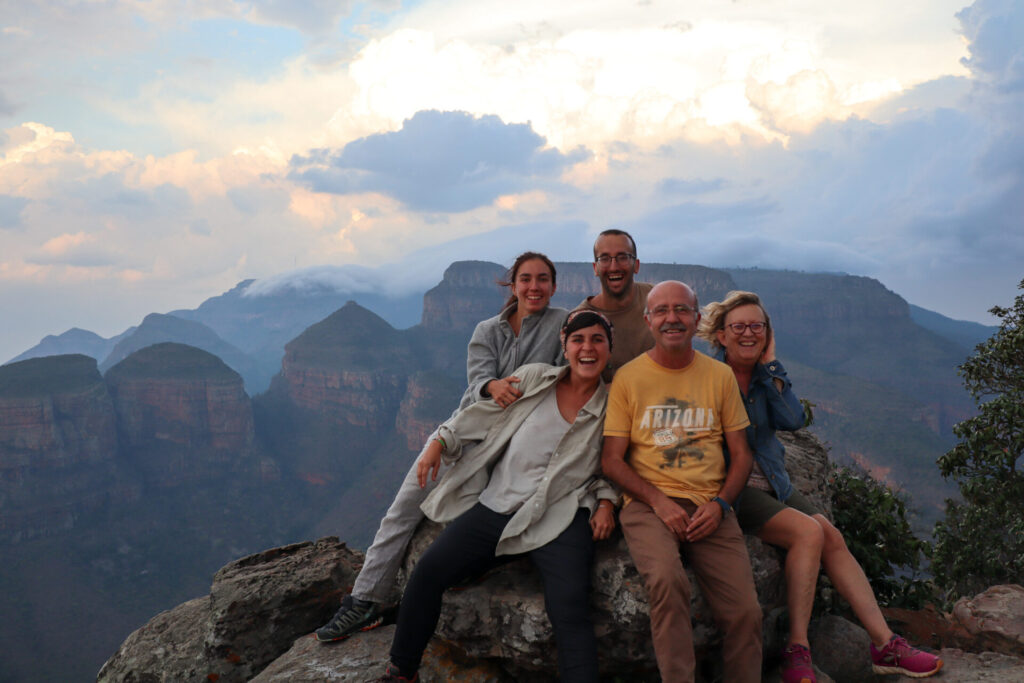

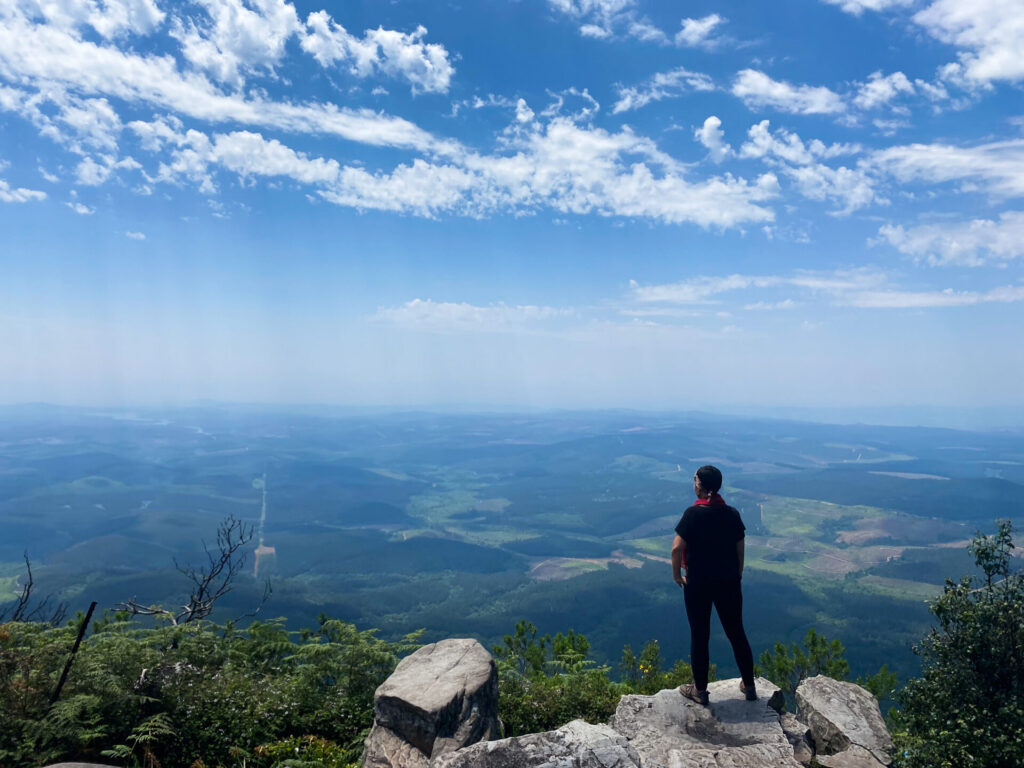
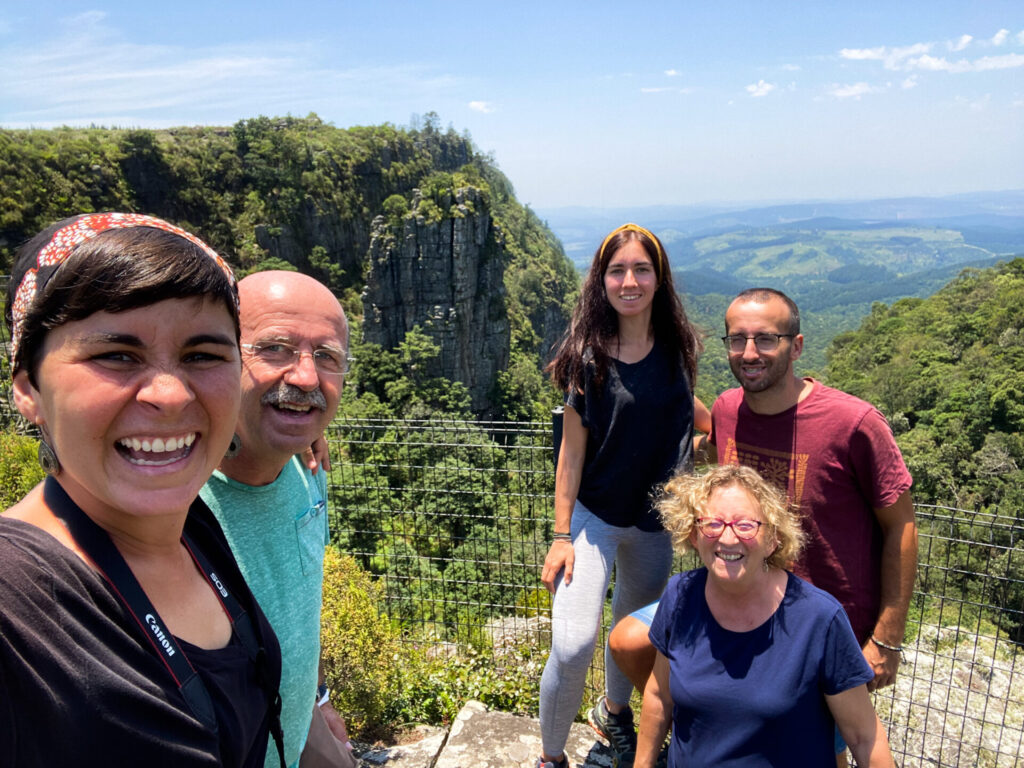
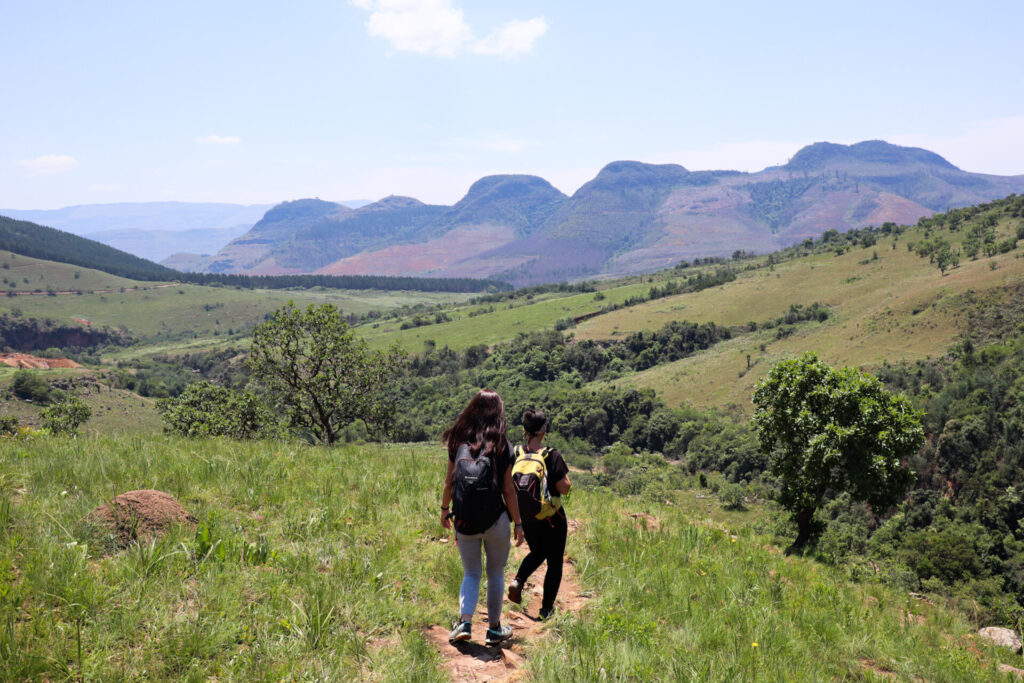
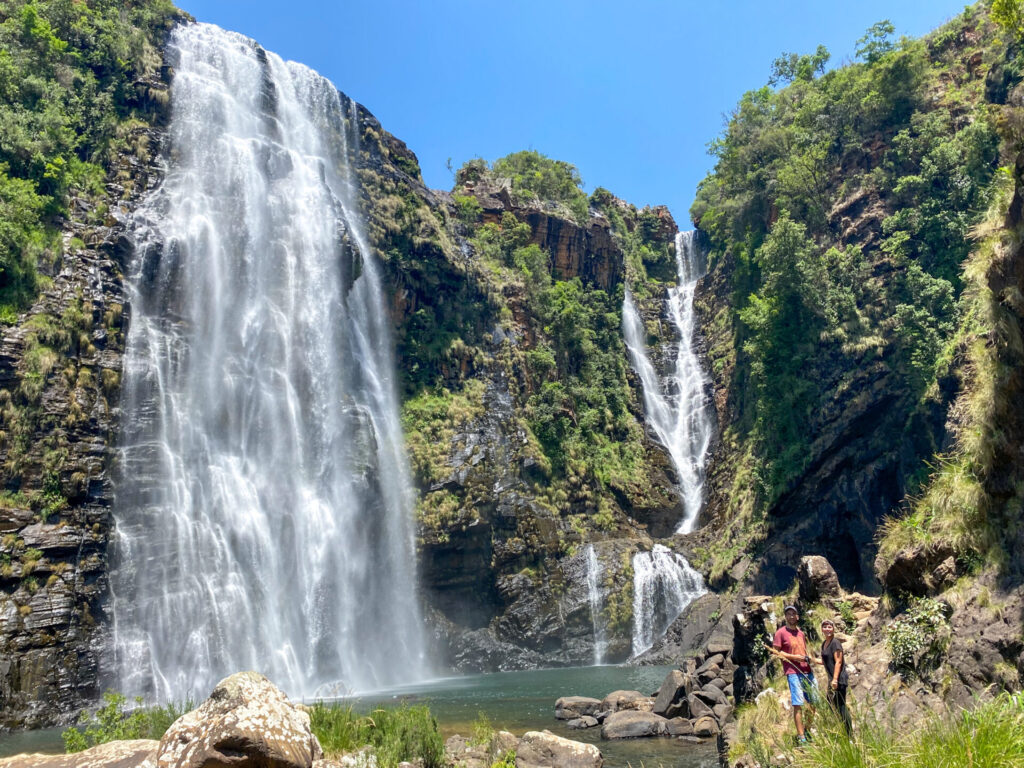


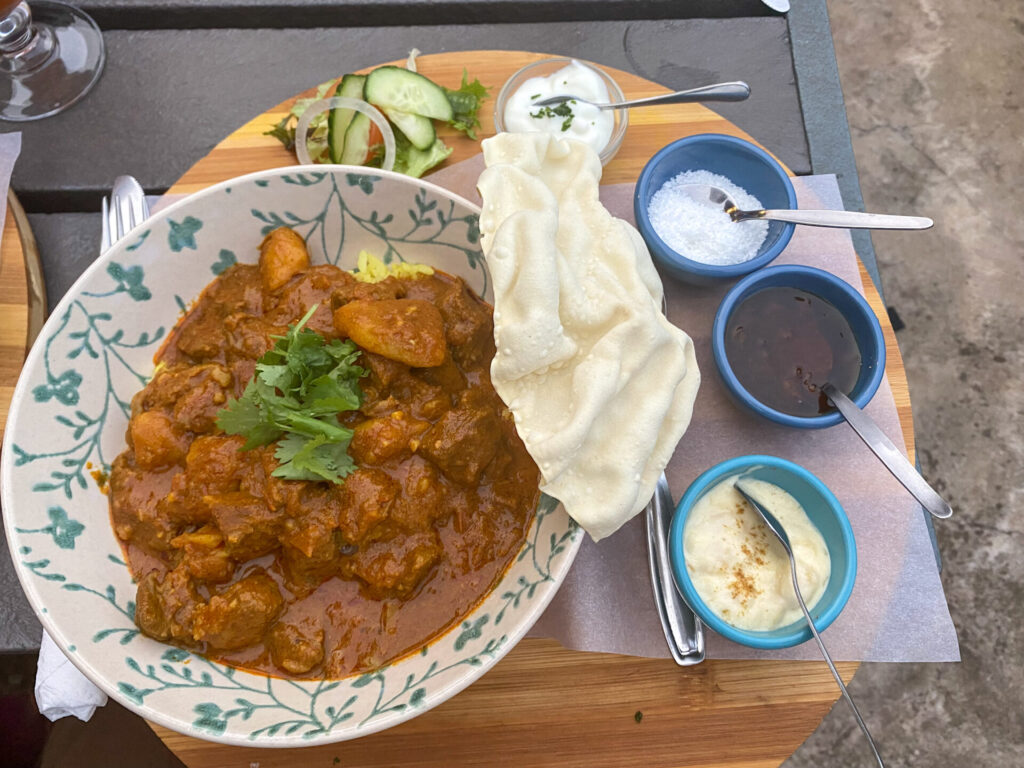
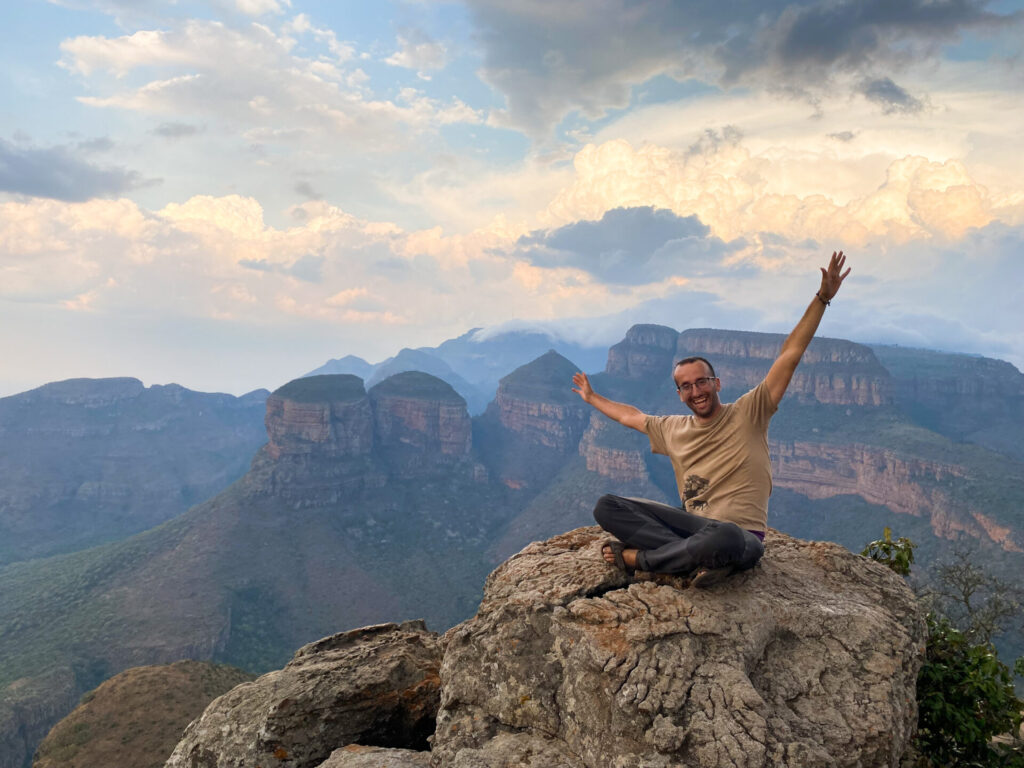
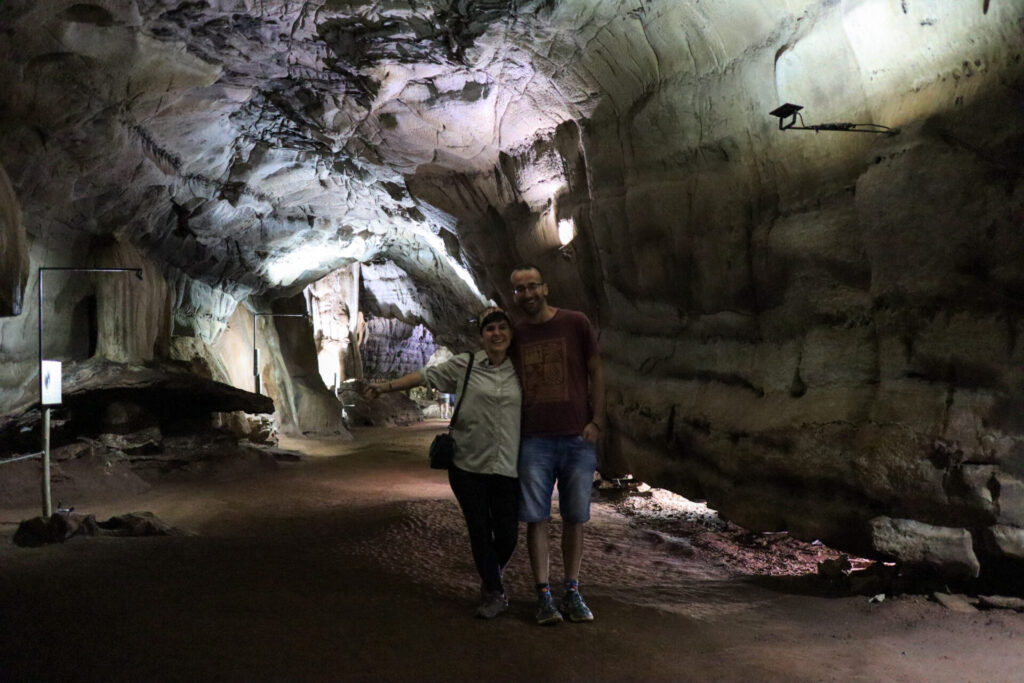
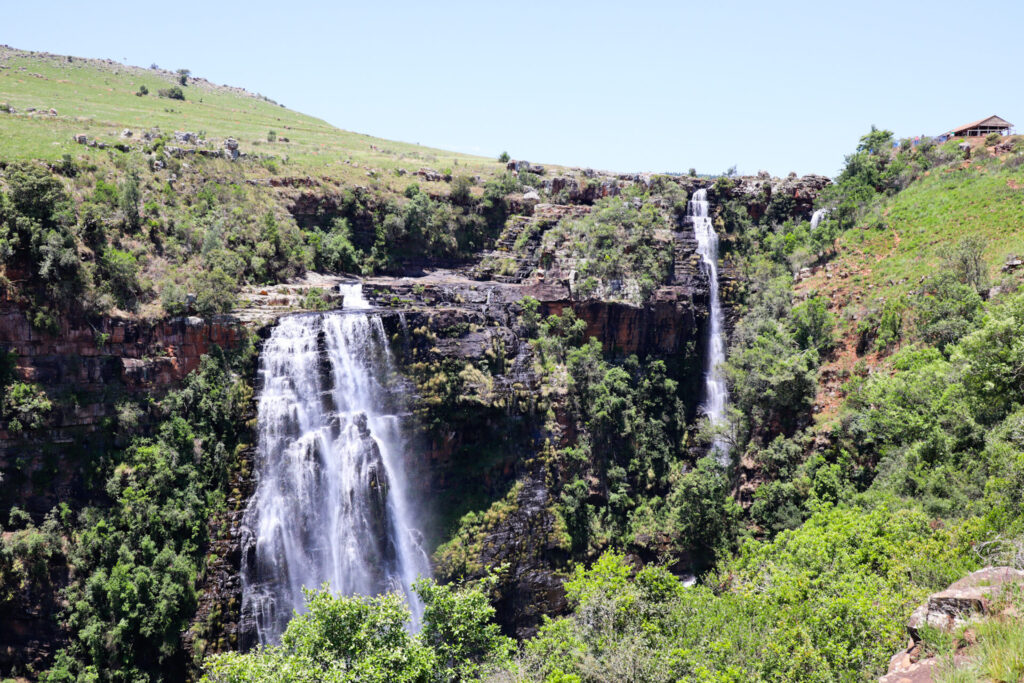
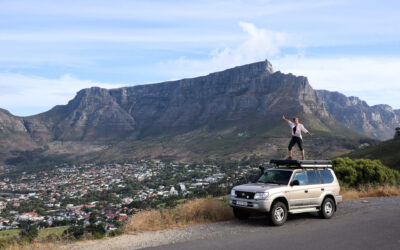



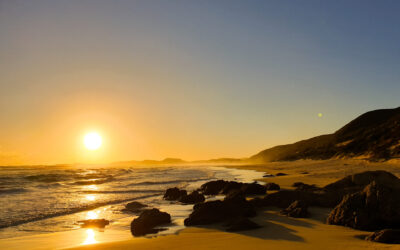
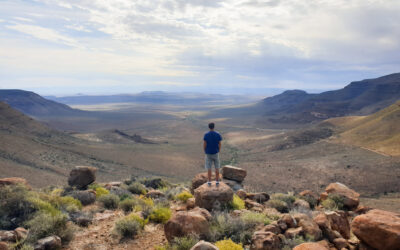

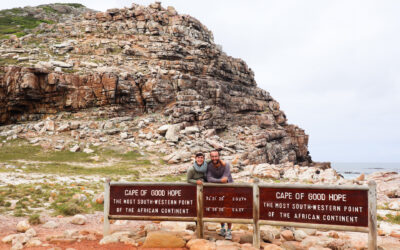


0 Comments